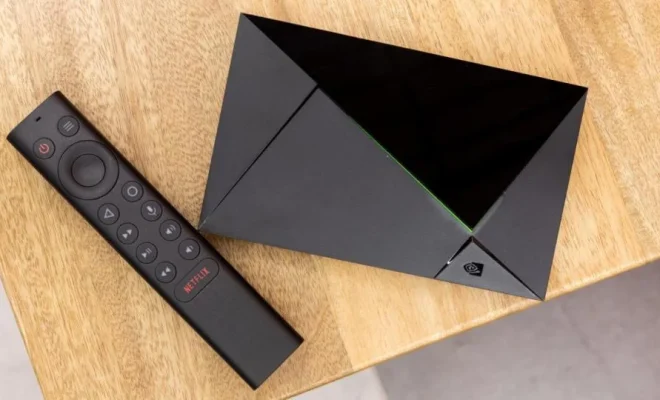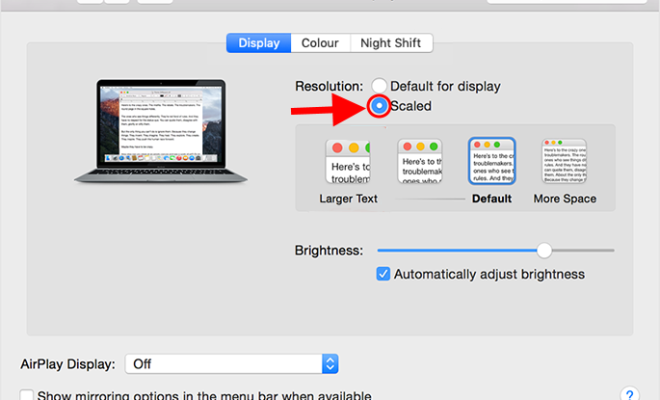What Is a Robot?

Robots are becoming more and more popular in today’s society, and the usage of them has increasingly spread into many different areas of life. But what exactly is a robot, and what do they do?
In the simplest definition, a robot is a machine that can be programmed to carry out a range of complicated tasks on its own. The term “robot” comes from the Czech word “robota,” which means “forced labor.”
Robots can take many different forms and can be found in an array of different industries, from manufacturing to healthcare. They are often designed to work alongside humans and can carry out various tasks, such as moving and transporting heavy items, completing tedious and repetitive manual labor jobs, and even assisting in surgeries.
Some of the most advanced robots can mimic human behavior, such as emotions, facial expressions, and speech patterns. These types of robots are typically used in the entertainment industry, such as in films or amusement parks, but could also potentially be used for more complex tasks, such as assisting elderly or disabled people with daily activities.
There are two main types of robots. The first is the industrial robot, which is designed to complete a specific task, such as painting or welding, in a factory setting. These robots are often large and heavy, with a range of different sensors and tools attached to them.
The second type of robot is the service robot, which is designed to assist humans with various tasks. These robots can be smaller in size and can be found in various settings, such as in healthcare, hospitality, and personal care.
Robots are typically controlled by a computer program, which allows them to complete a range of tasks efficiently and accurately. The program can be updated and modified to suit the specific needs of the task at hand.
In summary, a robot can be described as a machine that can perform a range of tasks on its own, and is controlled by a computer program. They can be designed to complete complex tasks typically done by humans, and can be used in a range of different industries, from manufacturing to healthcare. As technology progresses, the capabilities of robots are only expected to increase, and we may see them integrated even more into our daily lives.






